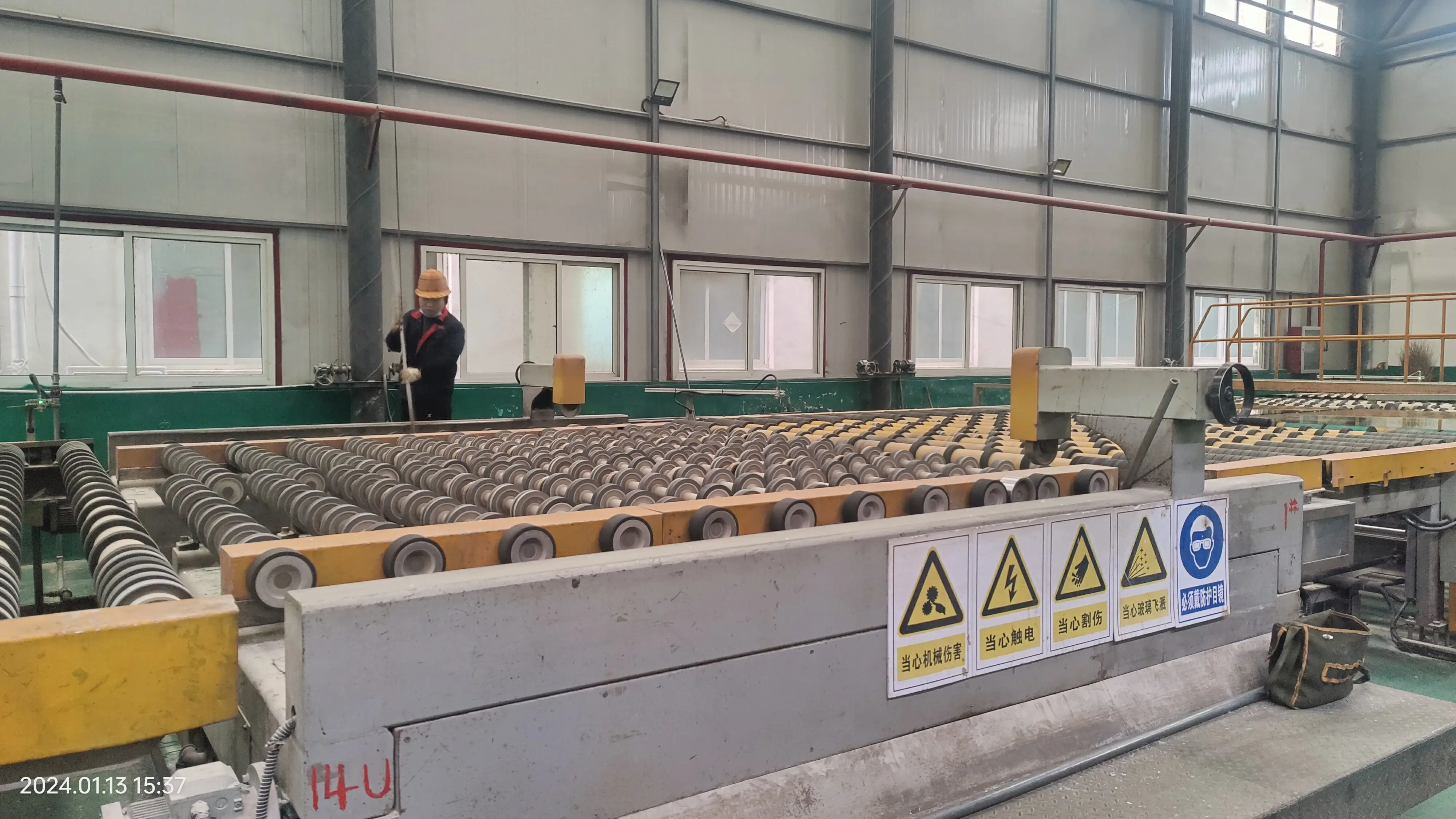

The Evolution and Importance of Coated Float Glass
Coated float glass has emerged as a pivotal material in the construction and automotive industries, transforming the way we approach design, aesthetics, and energy efficiency in modern architecture and vehicle manufacturing. Understanding its properties, manufacturing process, and applications can highlight its significance in contemporary society.
What is Coated Float Glass?
Coated float glass is produced through a meticulous process where a layer of coating is applied to standard float glass. Float glass itself is known for its excellent clarity and smooth surface, created by floating molten glass on top of molten tin. The glass is then cooled and cut into sheets. To enhance its functionality, various coatings—such as Low-E (low-emissivity), reflective, or tinted coatings—are added to the surface.
Each type of coating serves distinct purposes. For instance, Low-E coatings reduce heat transfer between the interior and exterior of a building, thus enhancing energy efficiency. Reflective coatings minimize glare and solar heat gain, while tinted coatings reduce light transmission and increase privacy.
Manufacturing Process
The production of coated float glass begins with the fabrication of the base float glass. Once the glass has cooled and solidified, it undergoes a cleaning process to ensure that all impurities are removed. The next crucial step is the application of the coating. This can be done through various methods, including magnetron sputtering, chemical vapor deposition, or screen printing.
After the coating is applied, the glass is typically cured in an oven to solidify the bond between the glass and the coating. This entire process is conducted under controlled conditions to ensure uniformity and adherence, resulting in high-quality coated float glass that meets industry standards.

Applications
The applications of coated float glass are vast and varied. In architecture, it is extensively used for windows, facades, and skylights. Buildings equipped with coated float glass windows are not only aesthetically pleasing but also contribute significantly to energy savings. By reducing the need for artificial heating and cooling, they help in lowering energy bills and minimizing carbon footprints.
In the automotive industry, coated float glass is used in windshields, side windows, and mirrors. The coatings applied to automotive glass improve UV protection, enhance visibility, and reduce glare. Additionally, innovations such as self-cleaning glass are gaining traction, providing practical benefits to car owners and enhancing the longevity of the glass.
Moreover, the use of coated float glass extends to interior design applications, including glass doors, partitions, and furniture surfaces. Its versatility and ability to be manufactured in various colors and finishes make it an attractive choice for interior spaces.
Energy Efficiency and Sustainability
One of the primary advantages of coated float glass is its role in promoting energy efficiency and sustainability. In today’s environmentally conscious world, building designs prioritize materials that reduce energy consumption. Coated float glass not only helps in minimizing heat loss but also contributes to LEED certification (Leadership in Energy and Environmental Design) for buildings. By integrating such materials, architects and builders can create structures that meet rigorous energy performance standards.
Conclusion
In conclusion, coated float glass represents a significant advancement in material technology that caters to the needs of modern construction and automotive industries. Its exceptional clarity, energy efficiency, and variety of applications make it an indispensable component in contemporary design. As sustainability continues to be a focal point in the architectural landscape, the demand for coated float glass is expected to grow, paving the way for innovative solutions that harmonize beauty with functionality. This evolution not only enhances the world we live in but also lays the groundwork for a more sustainable and energy-efficient future.